The Creative Renaissance in Education: Empowering Human Minds for the AI Era
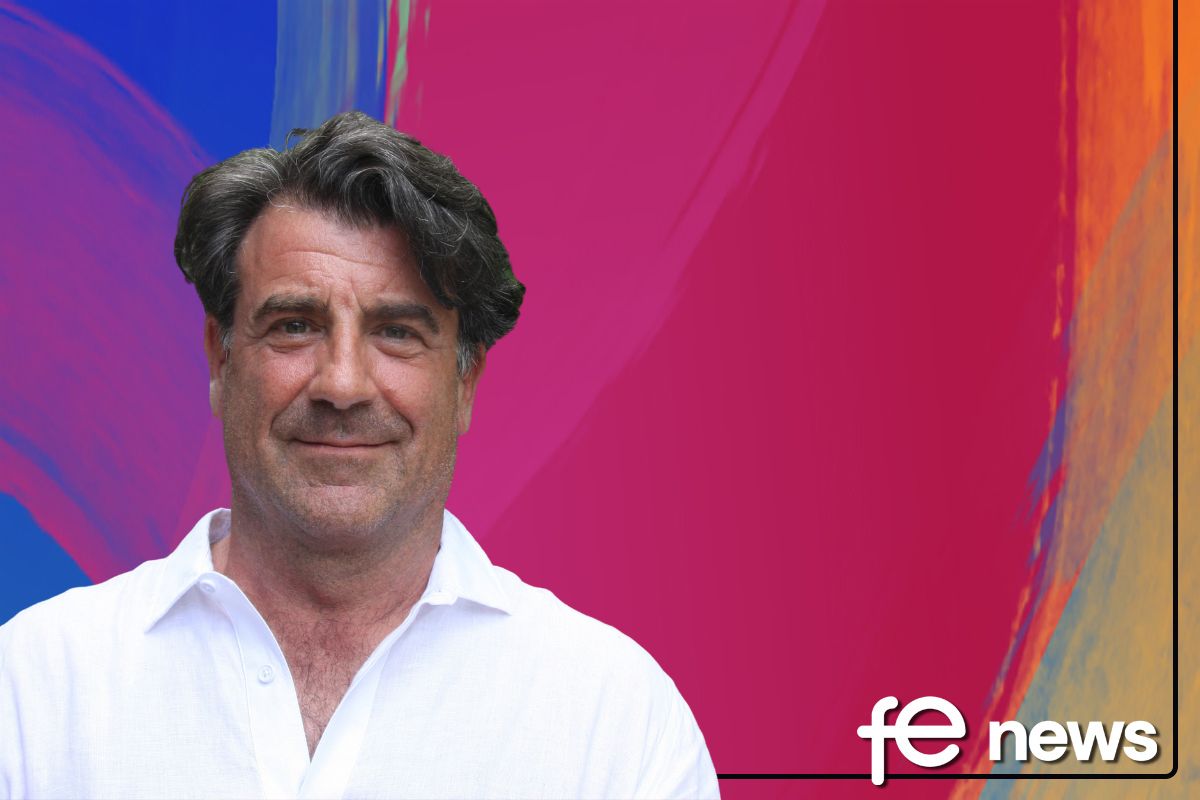
In this article, Neil explores the importance of creativity in the face of advancing artificial intelligence, emphasising its unique human nature. The piece delves into the difficult task of defining creativity, the creative process and addresses the decline of creativity in education and the significance of nuturing it for future progress.
Being ‘Human’
Recently I attended a number of events at the Bradford Literature Festival. At a particular film viewing about the travails of immigrants coming to Bradford in the 1950s and 60s, I found it gut-wrenching and felt on the verge of tears. The images stirred up lots of memories and emotions, which I couldn’t quite fathom. I’m a human being after all and this is what the arts can do, through images and words.
As Syima Aslam, the founder and CEO of Bradford Festival, aptly puts it: “We passionately believe in the power of creativity through literature and culture to broaden horizons, raise aspirations and change lives.” This is reinforced by the eloquence of Iris Murdoch: “Words are where we reside as human beings, and they serve as our tools as moral and spiritual agents.”
The Purpose Of This Series Of Articles
Artificial intelligence (AI) will replace many things in our world in the future. Number one is jobs. AI experts have estimated that technology and automation will take over half of human work within 15 years. To stay ahead of the machines, future talent will need to hone empathy, emotional intelligence and appreciation of nuances; ingredients of the essence of the being in a human being.
What is it about humans which AI will struggle to replicate? In the words of the World Economic Forum: “creativity is a uniquely human trait that no algorithm can replace.” We shall be defined by key behavioural traits like creativity, which has been and will be crucial to the progression of human civilisation, and essential to cultural life and scientific breakthroughs.
In this series of articles, we shall explore what creativity is, run through the history of creativity in education and consider how it might integrate into future education.
So….
What Exactly Is Creativity?
It’s hard to put your finger on it, it is mysterious and ephemeral, a multifaceted enormous construct which comes in many contexts and sizes and which is difficult to quantify with any precision. Creativity, of course, goes by many names; called ‘intuition’, ‘expression’ in some contexts or described as ‘innovation’ or ‘invention’ in others.
The origin of the word can be traced from the latin creare meaning ‘to cause to exist’ or ‘to bring into being’, but the concept has developed considerably since ancient times, mainly through the period of the advent of self-help books. It might be very tricky to define and takes many forms, but according to a report by Durham Commission on Creativity and Education, chaired by Sir Nicholas Serota, also chair of Arts Council England, creativity is defined as: “The capacity to imagine, conceive, express, or make something that was not there before.”
Most academics back this up with definitions which include the words…Originality ……. Usefulness …. adding in Social Context, not just existing ‘inside the head’.
Creativity has been a key component of human beings’ make-up since time immemorial, that’s partly how the human race has survived this long. Yet, although most people feel like ‘creativity is beyond them’, that it is the gift of a few, everyone has the potential to be creative in many different ways. It’s about learning or doing something new, maybe addressing everyday activities in a non-conventional way. There are an infinite number of ways of being creative; it could include veering from a recipe because you’ve run out of tomatoes, to telling a new joke.
It’s Not Just The Arts
Contrary to popular belief, human creativity extends beyond the arts. It appears around us in everyday life; the functional science of a Dyson, the ingenuity of a Cruyff turn, the intricacy of the video game Mindcraft. Referring to the Durham Commission again: “creativity is seen as the ability to think laterally and come up with imaginative solutions to problems, to work across disciplines or to enjoy constructive play.”
Meaning in all areas of life, including the sciences, humanities and leisure. In the biography of Albert Einstein, who was voted Time Magazine’s person of the 20th century and whose Theory of Relativity epitomises creative genius, the author, Walter Issacson, argues that it was Einstein’s creativity, not his mathematical prowess that led him to great discoveries. The world’s most famous scientist, is quoted as saying: “To raise new questions, new possibilities, to regard old problems from a new angle, requires creative imagination.”
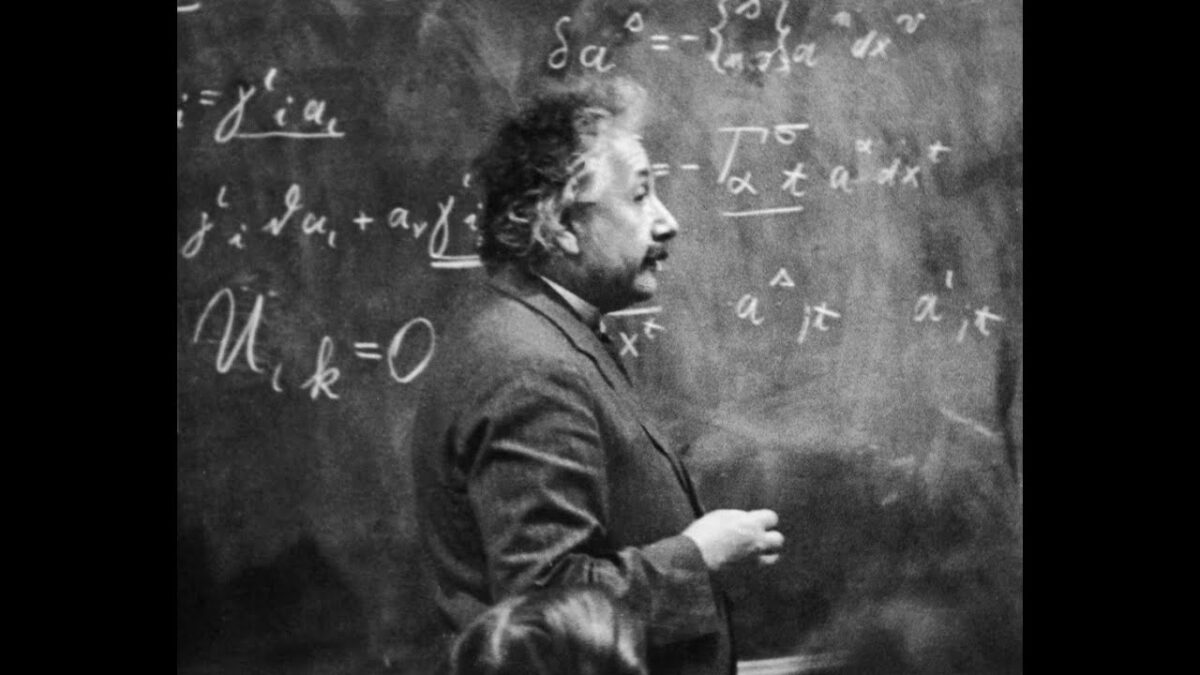
The Layers Of Creativity
Delving down deeper into the labyrinth of creativity, Margaret Boden, Research Professor of Cognitive Science, identified and described 3 different types of human inventiveness:

What Are The Traits Driving Creativity?
 Torrance | E. Paul Torrance, the so-called “father of modern creativity”, was a pioneer of research into creativity and his renowned Torrance Tests of Creative Thinking (TTCT), the gold standard in testing, unveiled crucial insights. Torrance explored the realm of ‘divergent thinking‘, that is, the ability to generate multiple solutions to a problem, and, through his test, he set out to determine what are the key drivers of creative thought. The TTCT test still has practical applications today. For example, it is used for admission onto gifted and talented educational programmes. |
In one of his seminal studies, Torrance administered the TTCT to a group of elementary school children, posing questions about risk-taking and independent thinking. The answers were then assessed for Fluency, Originality, Flexibility, and Elaboration, producing Torrance Creativity Index scores. Remarkably, revisiting the participants 20 years later, these scores proved to be better predictors of future creative achievements than traditional IQ scores, which contradicted previous studies by Tessan and others proposing that IQ was strongly correlated with creativity outcomes.
Another measure of creative achievement, the Creative Achievement Questionnaire (CAQ), has been developed along the same lines as the IQ test to measure Creative Quotient (CQ). It is used to determine correlations and resulting predictors of creativity. The CAQ has been robustly linked with ‘divergent thinking’, ‘openness to experience’, and ‘creative activity’.
The one characteristic which stood out for Torrance as most strongly linked to creative thinking and the best predictor of lifelong creativity, outstanding accomplishment, and self-fulfilment was whether a child could envisage falling in love in love with something – “To dream and to plan, to be curious about the future and to wonder how much it can be influenced by our efforts are important aspects of our being human.” Cognitive researcher Scott Kaufman believes that the personality trait ’openness to experience’ is critical and the most strongly correlated as the best predictor of creative achievement, especially in the arts.
Creativity Is On The Decline
Studies have shown that TTCT scores and CQ have been steadily declining for young children, in particular since 1990, not only in the US but globally. This may be explained by a mix of uncreative play (too many hours spent on videogames!), changing family dynamics, and an educational system that focuses too much on rote learning. This suggests that neither home life or school are supporting creativity and so young people need to study this in school.
And yet, paradoxically, at the same time, well-accepted research shows that IQs increased worldwide over the decades of the last century, known as the Flynn Effect, explained by reduced inbreeding, improved nutrition and increased affluence around the world.
This disconnect between rising IQs and declining creativity underscores the urgent need for creative education.
The Creative Process

The ultimate creative job is the Don Draper-style role in advertising where he ‘tears up the rulebook’ in mastering switching on people’s emotional connection with products; not that Don had a rulebook in the first place! Darren Bailes is one such real-life Madmen figure; the legendary creative advertising guru was the classic Chief Creative Officer behind the ‘Compare The Meerkats’ adverts. The mystery shrouding the creative thickens when he explains that being ‘bad at maths’ but loving ‘to draw’, especially horses’ legs, was his step into the creative industries.
In practice, creative ideas rarely appear in a puff of smoke. They emerge from a state of mind and that requires time consumption, tenacity and detailed thought and it’s often painful because not all ideas bear fruit.
Creativity isn’t born, it is cultivated.
The creative process has been the source of much interest and research by educators and psychologists for many years. Graham Wallas developed a widely-accepted model of creative thought in the 1930s in which he recognised the 4 stages in the creative cycle: Preparation, Incubation, Inspiration and Verification.
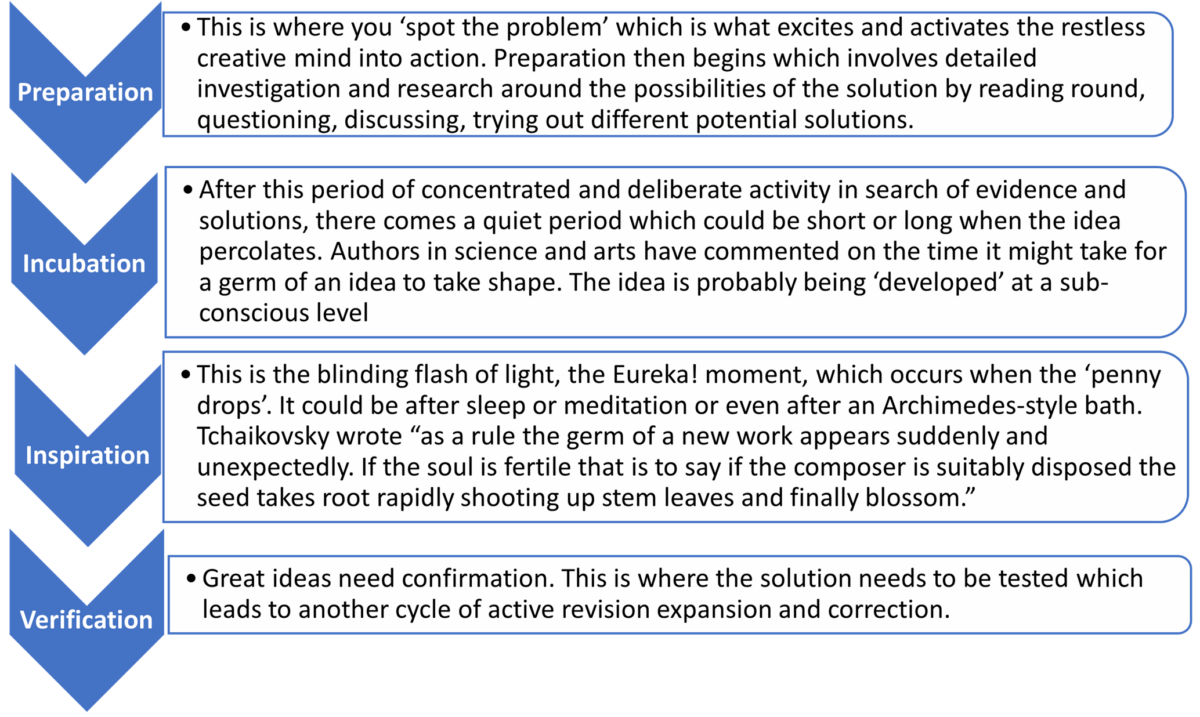
There are a number of conclusions which can be drawn from the Wallas cycle. Firstly, geniuses only reach an epiphany from constant ‘iterative’ tweaking of earlier works, not as a one-off masterstroke; it’s what Stephen Pinker refers to as “creative worrying”. Van Gogh captured it with: “Great things are not done by impulse, but by small things brought together.” Secondly, the creative mind needs perseverance and perspiration, encapsulated by Edison’s proclamation: “genius is 1% inspiration, 99% perspiration”. History is sprinkled with examples of hard graft leading to phenomenal results: JK Rowling was rejected by 12 publishers; Monet painted the same haystacks 25 times.
Malcolm Gladwell, in Outliers, summarises his explanation of the outcomes of very successful people as a formula:

And his broad-brush estimate of that ‘preparation’ in honing skills is that it takes around 10,000 hours of practice. Practice makes perfect. Perfection doesn’t just come naturally, you have to work at it.
| The concept has been encapsulated in Bruce Lee’s legendary quote: “I fear not the man who has practised 10,000 kicks once, but I fear the man who has practised one kick 10,000 times”. Focussed practice leads to high level of proficiency, so that’s really going to hurt. |  |
Working With The Fear of Failure
Fear of failure is one of the biggest obstacles to progressing creative work. Failure is often accompanied by very strong emotions; feelings of embarrassment, shame, guilt, pain. However, these states of uncertainty and instability can also provide an opportunity for creative action because failure represents an informative point in the journey of creative work and a sign that additional learning and work are required. Therefore, failures open windows of opportunity which can take creative work in new directions. In the words of Marcus De Sautoy, the Oxford mathematician: “Unless you are prepared to fail, you will not take the risks that will allow you to break out and create something new.”
Both of the concepts of ‘talent not existing on its own’ and ‘overcoming the fear of failure’ form the creative mindset and are incorporated in the theory of the Growth Mindset by Carol Dweck: she proposed that people need to believe their abilities are malleable and can be developed so they can strive towards their goals irrespective of the challenges and failures experienced.
In Summary
In the age of AI, nurturing creativity becomes paramount as machines will pervade society. Creativity, that inherently human trait, defies precise definition but can be described as the capacity to bring forth something new, extending beyond the arts, permeating everyday life, from scientific breakthroughs to innovative designs. Unfortunately, studies show declining creativity scores in children, likely due to factors like excessive screen time and rigid educational systems. Overcoming the fear of failure and embracing a growth mindset are crucial for fostering creativity and, as AI advances, emphasising and cultivating human creativity becomes essential for our continued progress and prosperity.
In the next article, we’ll look at the history and decline of creativity in education.
By Neil Wolstenholme, chairman of Kloodle

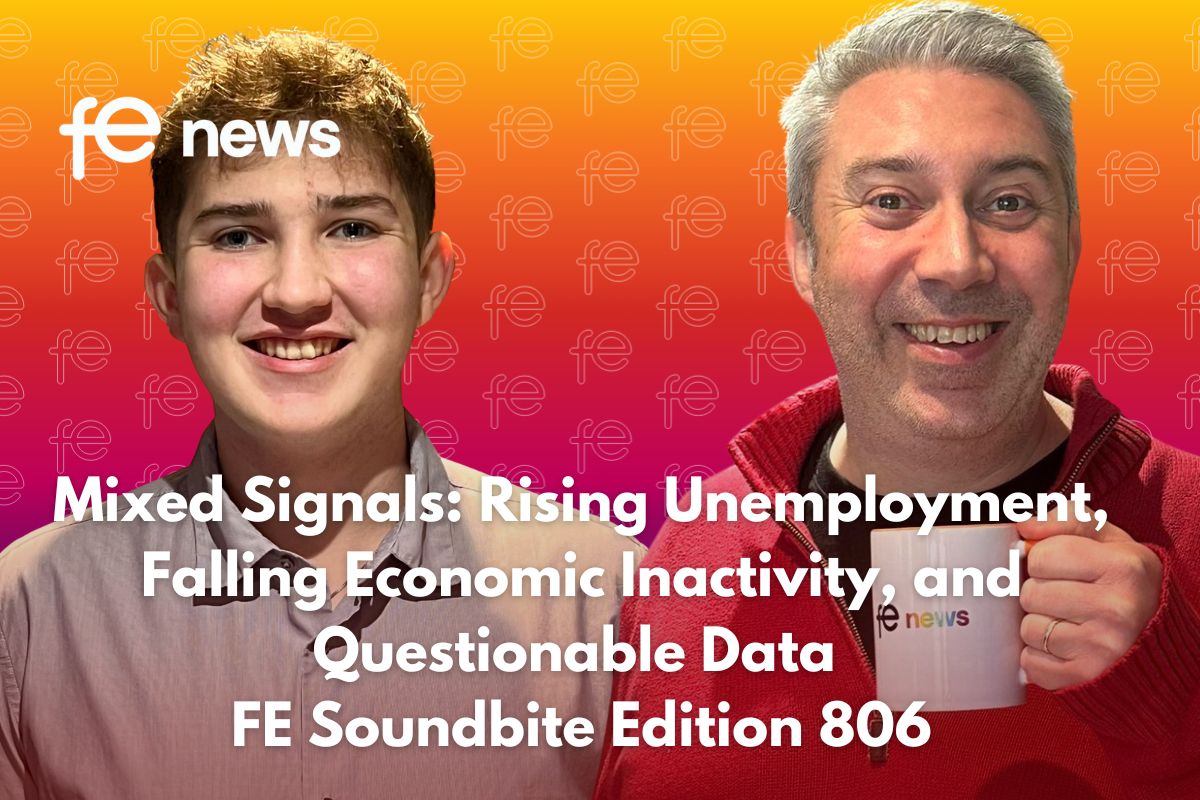
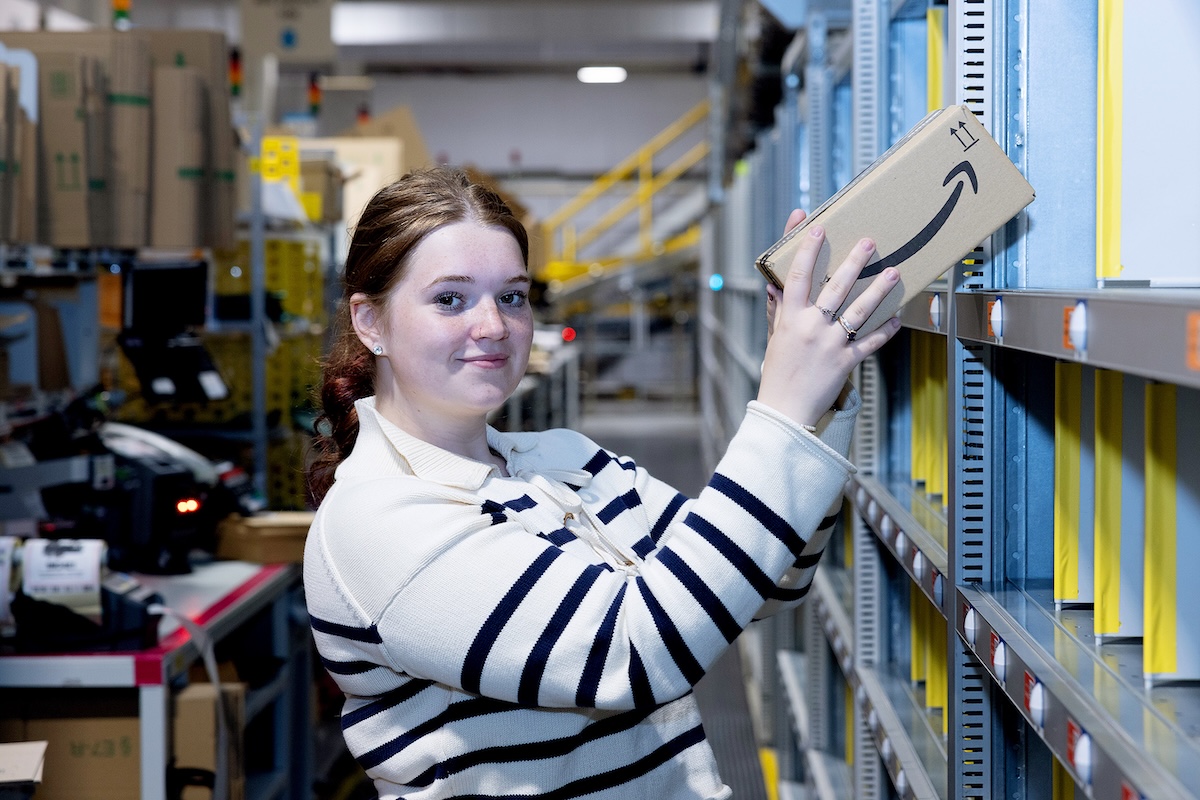
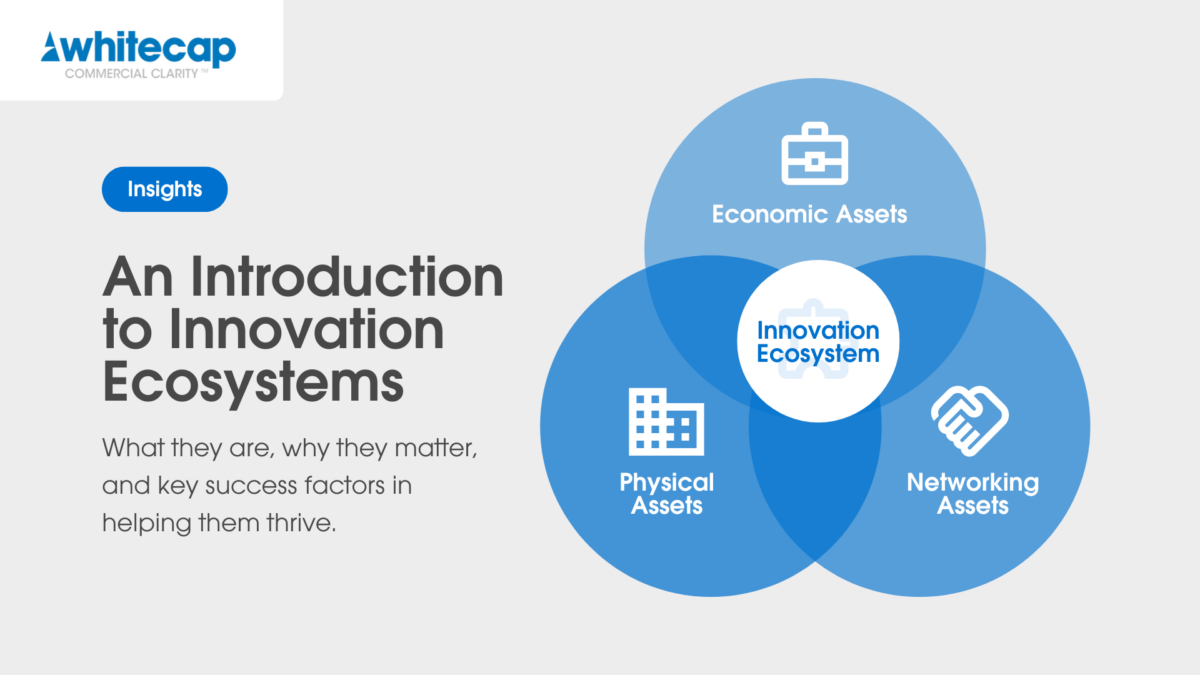

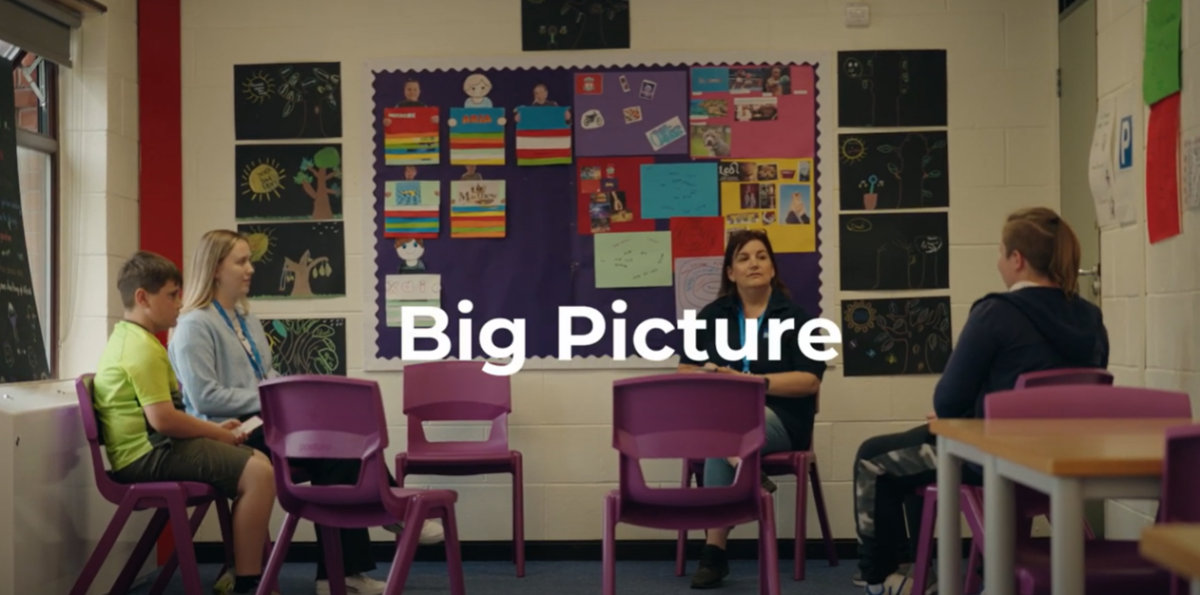




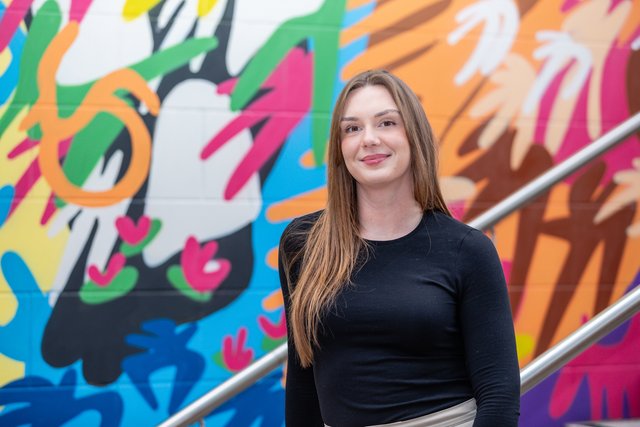
Responses